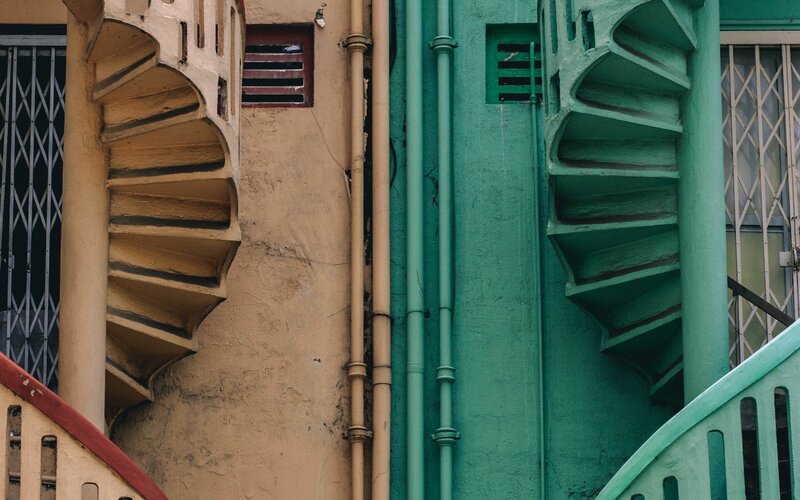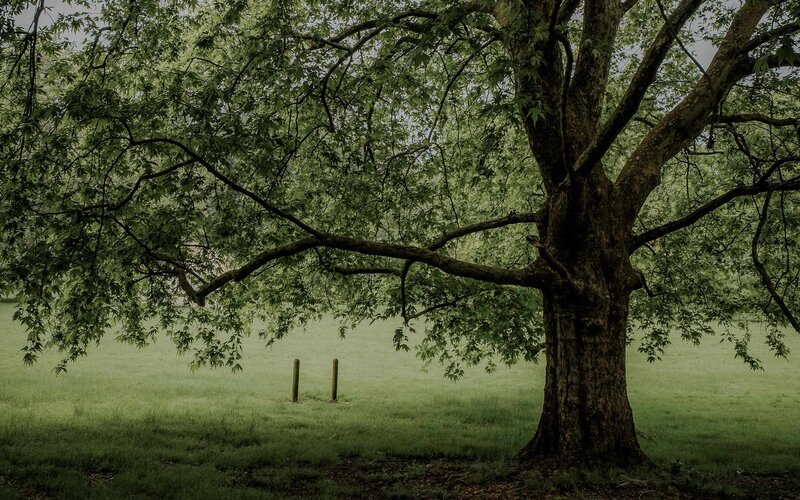
When you’re learning photography, there are lots of different techniques to get to grips with. One such technique is contrast and when it’s used effectively, it can help your images look even better.
But what exactly is contrast in photography? And how do you achieve it? Let’s take a look at everything you need to know.
What is contrast?
Contrast is simply the difference in brightness and colour between different parts of an image.
There are several different types of contrast photographers can use to make their pictures pop, including:
Tonal contrast
This is when there’s a contrast between the lightest and darkest elements of a photograph. If there are some areas of your photograph that are very dark and some that are very bright, you’re using tonal contrast.
Increasing the difference in brightness between the dark and light areas can enhance details within your photograph, emphasise textures and helps to create a compelling, eye-catching image.
Colour contrast
Some knowledge of the colour wheel and colour theory can help you to create more striking photography, using a technique called colour contrast. This is when contrasting or complementary colours are used within a photograph to create a bigger visual impact or add depth to the image.
Contrasting colours, also known as complementary colours, can be found opposite each other on the colour wheel, like red and green. Using these together in your photo will make for a more striking image.

High contrast
High contrast photos have a significant difference between their darkest and lightest elements. They’ll usually have very bright highlights and extremely dark shadows, creating an eye-catching image that works particularly well for gritty urban and street photography.
Low contrast
Low contrast photos, on the other hand, have very little difference between the darkest and lightest tones. This gives low-contrast photography a soft, muted tone that can feel calm and dreamlike.
High key and low key
There are two different types of low contrast photos: high-key and low-key. Photographs with high key contrast have mostly bright tones and minimal dark shadows, giving them a lighter look. Low key contrast photographs are darker, featuring lots of shadows and tones of grey and black.
Why do photographers use this technique?
Whichever type of contrast you use, it can be a powerful tool to help you create even more impactful images.
The type of contrast you choose can set the mood and tone of your photograph. High contrast can help to create a tense or energetic feel, while low contrast is softer and subtler, and can make for a moodier photograph.
Contrast can also be used to draw attention to your main subject, by creating a difference in the brightness or colour between the subject and the background. If you want to shoot portrait photography that really pops, consider playing around with contrast until you achieve the effect you want.
This technique can also be used to highlight particular details and textures within an image. It’s a powerful way to draw attention to specific elements of your photograph and offers lots of opportunities for experimentation – there’s no need to stick with one type of contrast for every photo.
Finally, contrast is an essential element of composition. It can help to create balance in your photographs, by bringing in elements of dark and light, and brightness contrasted with shadows. Getting to grips with contrast can mean you create more structured images, with clear focal points.

Ways to use contrast in your photos
Now you know about the different types of contrast and why photographers incorporate this technique into their images, how can you go about using contrast in your own work?
- Play with light and shadows: Seek out strong lighting to create stark contrasts between areas of light and shadow in your images.
- Experiment with colour theory: Take a look at the colour wheel and try shooting some photographs using complementary colours for more vibrant images.
- Try out different shutter speeds: Shutter speed controls the amount of light in your photograph, so depending on the light conditions, different shutter speeds can result in high or low contrast photos.
- Use post-production software: Even if you don’t get the right contrast in the original photo, you can use photo editing software to achieve your desired effect – it’s one of the joys of digital photography, and a great way to learn what works and what doesn’t.
Contrast is a fundamental element in photography that can create a big visual impact and leave a lingering impression of your images.
While you’re experimenting with contrast in your photographs, keep an eye out for Rankin’s new photography course. As one of the most renowned photographers, there’s no one better to learn about this art form from.

Give the gift of knowledge
Surprise a special someone with a year's access to BBC Maestro or gift them a single course.











